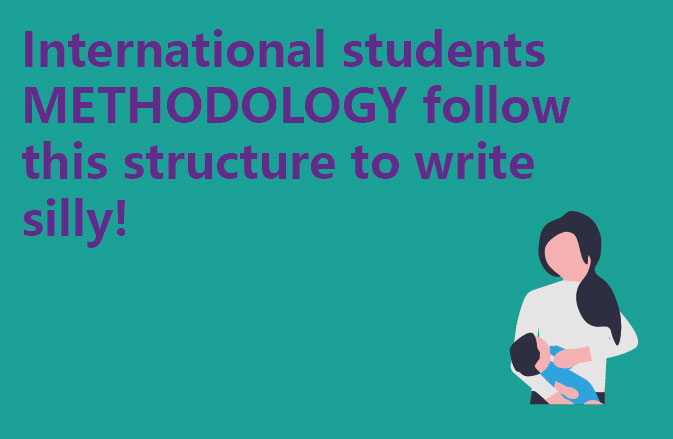Methodology refers to the theory based on which the research is done, which is equivalent to methodology.
Generally, it includes four aspects.
①What is the data collected?
② How to collect?
What is the source of collection?
How to analyse the data?
How to find a suitable Methodology?
1、Define the goal of your research or project
Defining the objectives of your research or project and the problem to be solved will help you better understand the type and applicability of the required Methodology. –
2. Consider the research design
Consider the design features of your study or project. For example:Are you conducting empirical research or theoretical analysis? Is it a quantitative or qualitative study? These design features will help to narrow down the suitable methodology.
3. Read previous research
Study previous research, practice and methodology in the relevant field. See which methodologies have been widely used in similar research areas or projects.
Qualitative.
Qualitative focuses on gathering non-data sources, such as images and text, to gain a deeper understanding of the perspectives of individuals, groups, and communities. Be mindful of the criteria for selecting participants or sources, the context of the study, and whether we are acting as a participant or observer in the data collection.
Quantitative.
Whereas quantitative is analysing data by collecting data information that is speculative.
Be careful to describe the sampling method, data collection tools, and the collection process Below are the formulas for describing the different types of quantitative:.
Survey type-when, where, and how.
Experimental-what tools, techniques, and processes were used.
Secondary data – where to get it and how to filter it.
Methodology-related template sentences.
Describe previously used methods:↓
Previous studies have based their criteria for selection on .
Recent advances in __ methods have facilitated investigation of .
Recently, simpler and more rapid tests of X have been developed.
In most recent studies, ___ has been measured in four different ways.
Give reasons for using a particular method.
The semi-structured approach was chosen because .
The advantages of Xs are that they are simple to deliver.
The X approach has a number of attractive features: …
For this study, the X was used to explore the subsurface …
Give the reasons why a particular method is rejected: …
A major problem with the experimental method is that …
The main disadvantage of the experimental method is that …
However, there are certain drawbacks associated with the use of ….
However, this method clearly is not valid for analysing long-term trends in ….
Describe the characteristics of the sample.
Eligible women who matched the selection criteria were identified by ….
The participants were divided into two groups based on their performance on .
Two groups of subjects were interviewed, namely X and Y. The first group were …
The project used a convenience sample of 32 first year modern languages students.
What research has been done to analyse the sub-field of this topic.
Various studies have assessed the efficacy of …
Researchers attempted to evaluate the impact of
A great deal of previous research into X has focused on ….
Research into X has a long history.
Research into X has a long history.
For many years, this phenomenon was surprisingly neglected by …
Only in the past ten years have studies of X
directly addressed how….
Previous Literature in terms of Research Methods Used.
Most research on X has been carried outin …
Most researchers investigating X have utilised .
Using this approach, researchers have been able to …
Review the strengths and weaknesses of the literature of predecessors in the relevant field: .
The literature on X has highlighted several …
Diferent theories exist in the literature regarding …
More recent attention has focused on the provision of …
What previous research has established that….
Previous research has established that …
Data from several studies suggest that …..
It is now well established from a variety of studies that …




